Install raspi-config in Ubuntu on Raspberry Pi
Once installed, you can launch raspi-config by running:If you’re starting from scratch, you can download and install an official Ubuntu image onto your SD card using the Raspberry Pi Imager….
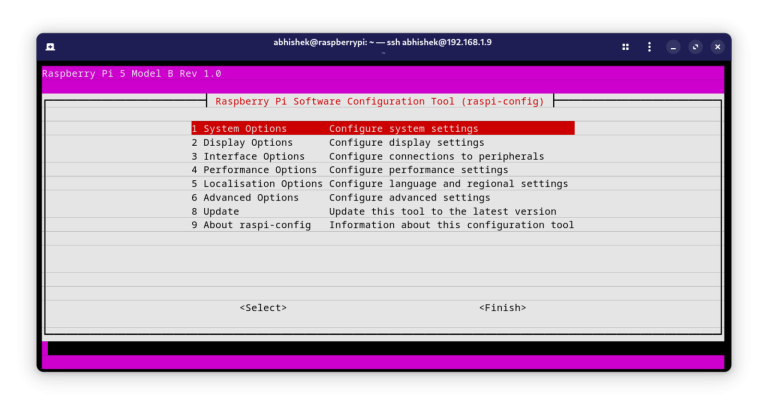
Once installed, you can launch raspi-config by running:If you’re starting from scratch, you can download and install an official Ubuntu image onto your SD card using the Raspberry Pi Imager….
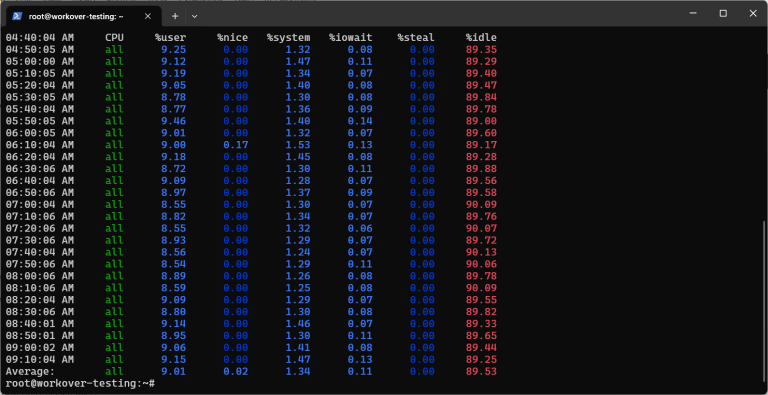
vmstat Sifting through complex command-line tools and interpreting raw data isn’t everyone’s cup of tea, and thankfully, it doesn’t have to be. Whether you prefer a quick glance at system…
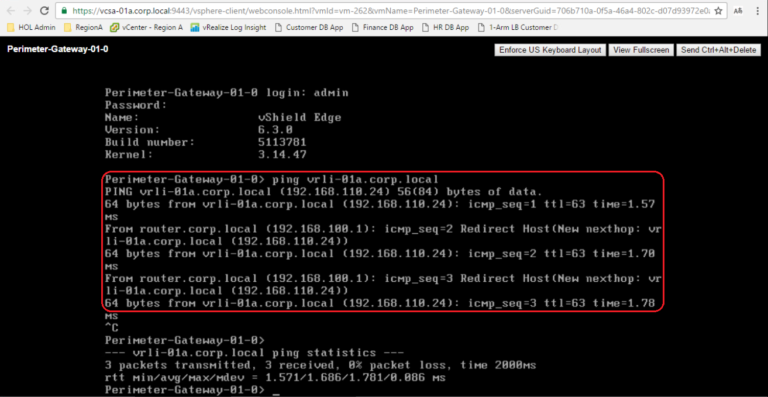
Introduction Well, recently I was checking an issue for one of our customers, where NSX edges were not sending logs to their configured syslog server. I found the issue as…
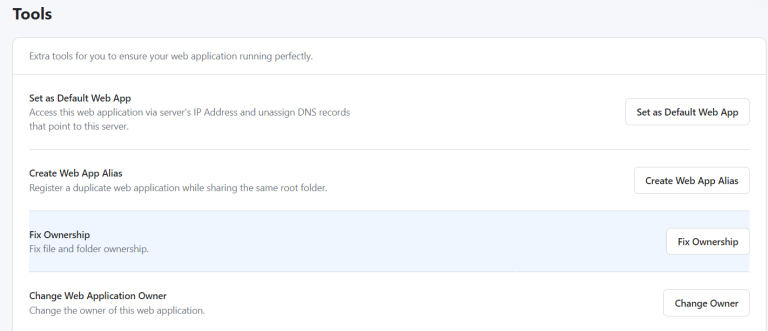
Suggested read: Laravel With Git Deployment The Right WayThis will ensure that the image field is required, the file is a valid image, and the file size is no larger than…

What is vRealize Cloud Client? vRealize CloudClient is a command-line utility that provides verb-based access with a unified interface across vRealize Automation APIs. Browse the catalog and submit a request…

With the IT transformation towards software defined data center (SDDC), and the wide adoption of software defined networking (SDN), most of current vSphere customers are considered as potential NSX ones,…
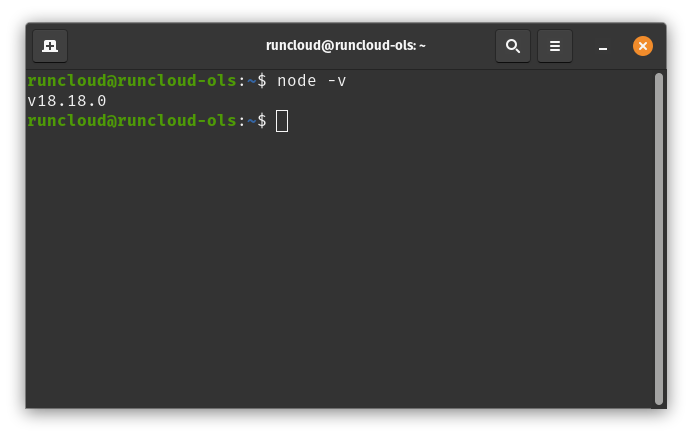
After installing Ghost-CLI, you can run the following command to start the Ghost CMS installation:context / { type proxy handler <my-ghost> addDefaultCharset off } For “Web Application Stack”, we recommend…
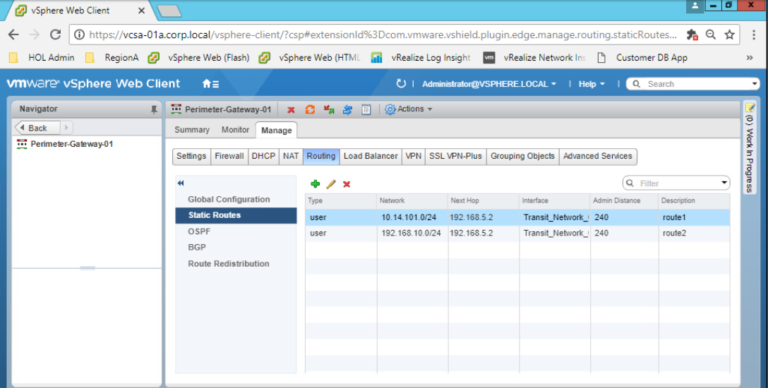
Recently I have been engaged in a NSX-v PSO engagement where we need to make sure all the best practices are applied to the environment. Trust me, with every engagement,…

Share it with your Linux-using friends and encourage them to subscribe (hint: it’s here).These stages can include: Black Friday Deals for Linux Users — 2024 EditionBlack Friday is here. Don’t miss the…
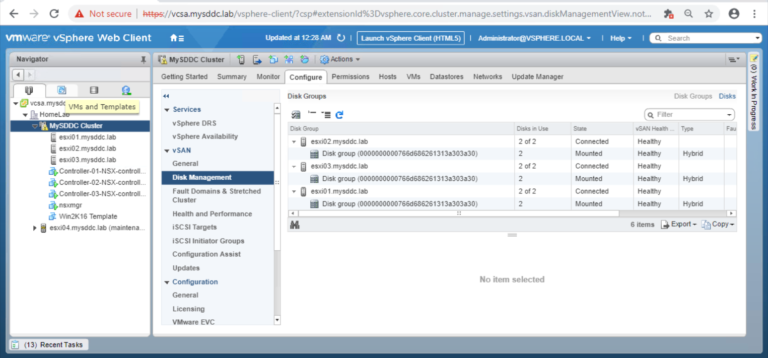
Recently I decided to decommission a node from my vSAN-based home lab cluster hosted on the cloud to decrease the cost of my powered on servers. I want to share…
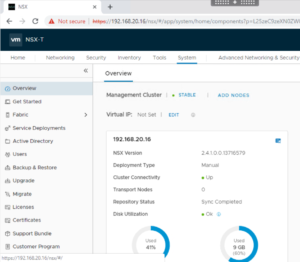
I have been designing and deploying NSX-v solutions as part of my PSO role for the past 3 years. Aside with that, I decided to start my journey towards NSX-T…

September 9, 2021 Replace a Failed vSAN Diskgroup on a VCF Managed Node VCF Upgrade Workflow Description – Upgrade – ESX_HOST The Issue? SDDC Manager Upgrade Workflow Fails During the…

Imagine this situation. You have attached an external USB or SSD to your system and using it as an additional storage media. This is a common use case specially if…
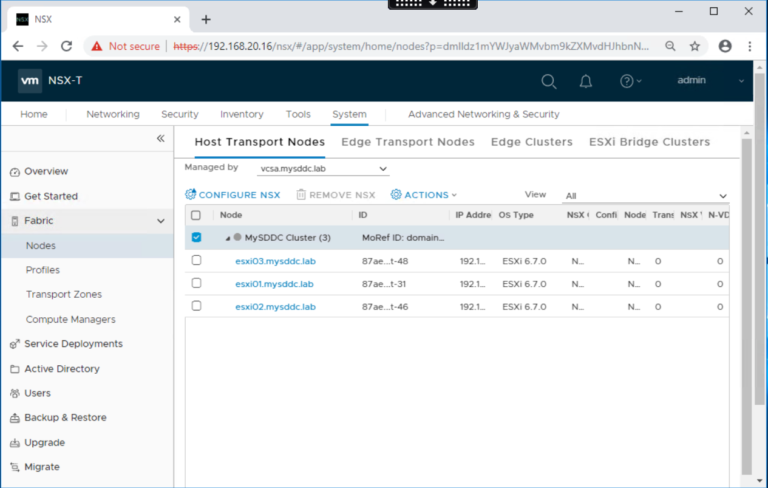
In my previous post, I shared a step-by-step procedure to deploy NSX-T 2.4.1 manager. In this post, I am gonna move one step ahead and configure NSX-T licensing and register…
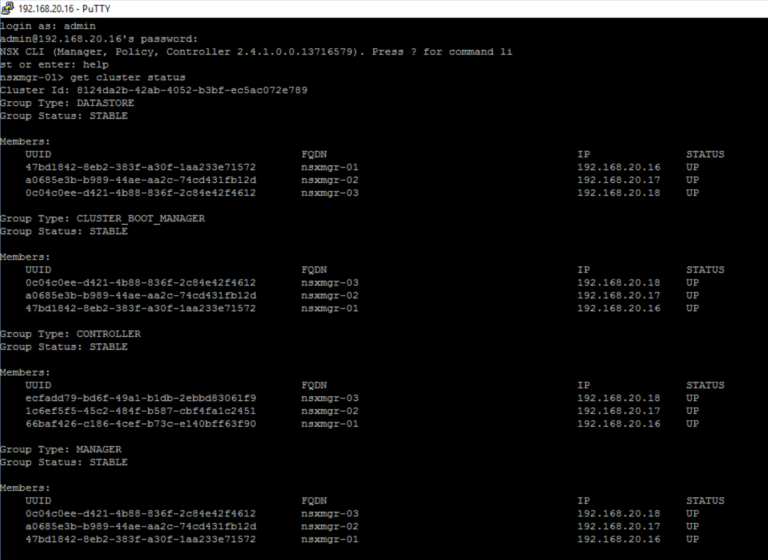
NSX-T 2.4.x manager is an appliance with 3 built-in roles: policy manager, manager, and controller. The management plane contains the policy and the manager roles. The central control plane includes…
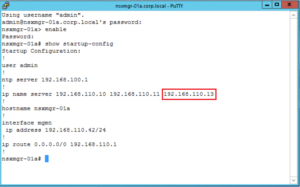
I was preparing for a NSX-v engagement recently where the customer was so curious about the redundancy of all integrated components with the NSX environment. They insisted to add all…
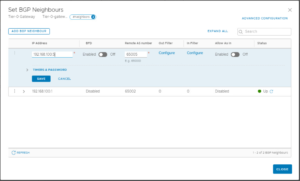
One of the customer requirements I have been asked to do a couple of days ago is to filter the transit subnets from being re-distributed from the NSX-T domain to…

So, we will use the format:bind = MODIFIER_KEY,REQUIRED_KEY,DISPATCHERS, PARAMETERS Let’s say, I want to set an option to resize the window by dragging from the border in tiled mode. So,…